Financial Performance Analysis of Gatsby Grange Hotel Chain
VerifiedAdded on 2023/01/10
|12
|878
|77
Report
AI Summary
This report presents a comprehensive financial analysis of Gatsby Grange, a boutique hotel chain, using ratio analysis. The report delves into key financial metrics, including profitability, liquidity, and gearing ratios, providing a detailed understanding of the company's financial health. It calculates and analyzes various ratios, such as net profit margin, gross profit margin, current ratio, quick ratio, debt-equity ratio, and equity ratio, to assess the company's performance. The analysis further discusses the importance of understanding these ratios and their fluctuations for effective hotel management, highlighting their role in measuring financial solvency, trend analysis, and forecasting. The report also explores the benefits and limitations of ratio analysis in the context of the hotel and tourism industry, concluding with an overview of the company's financial position and performance, and its gradual decline. The report includes references to academic sources for credibility and further reading.
1 out of 12

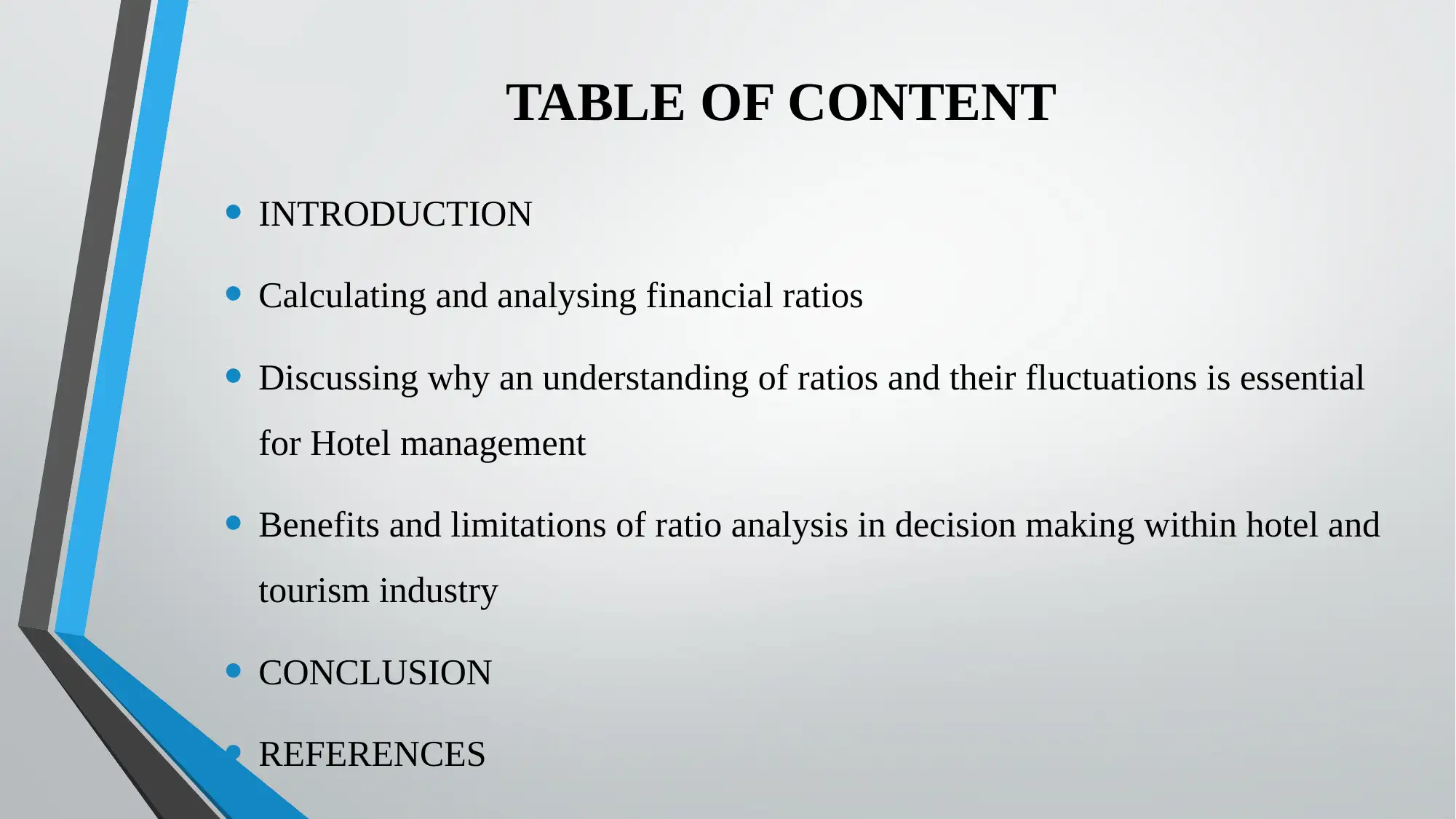
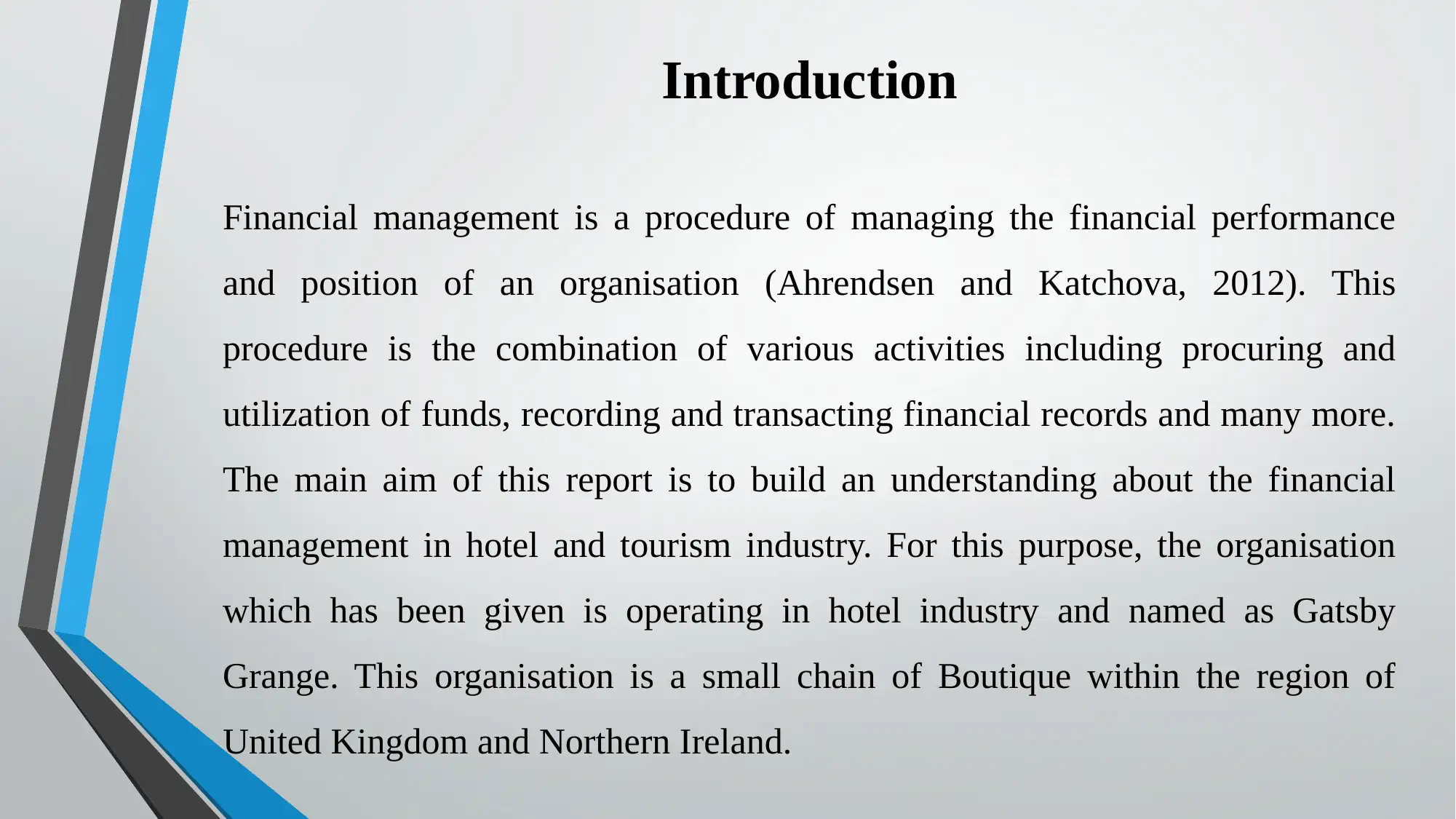

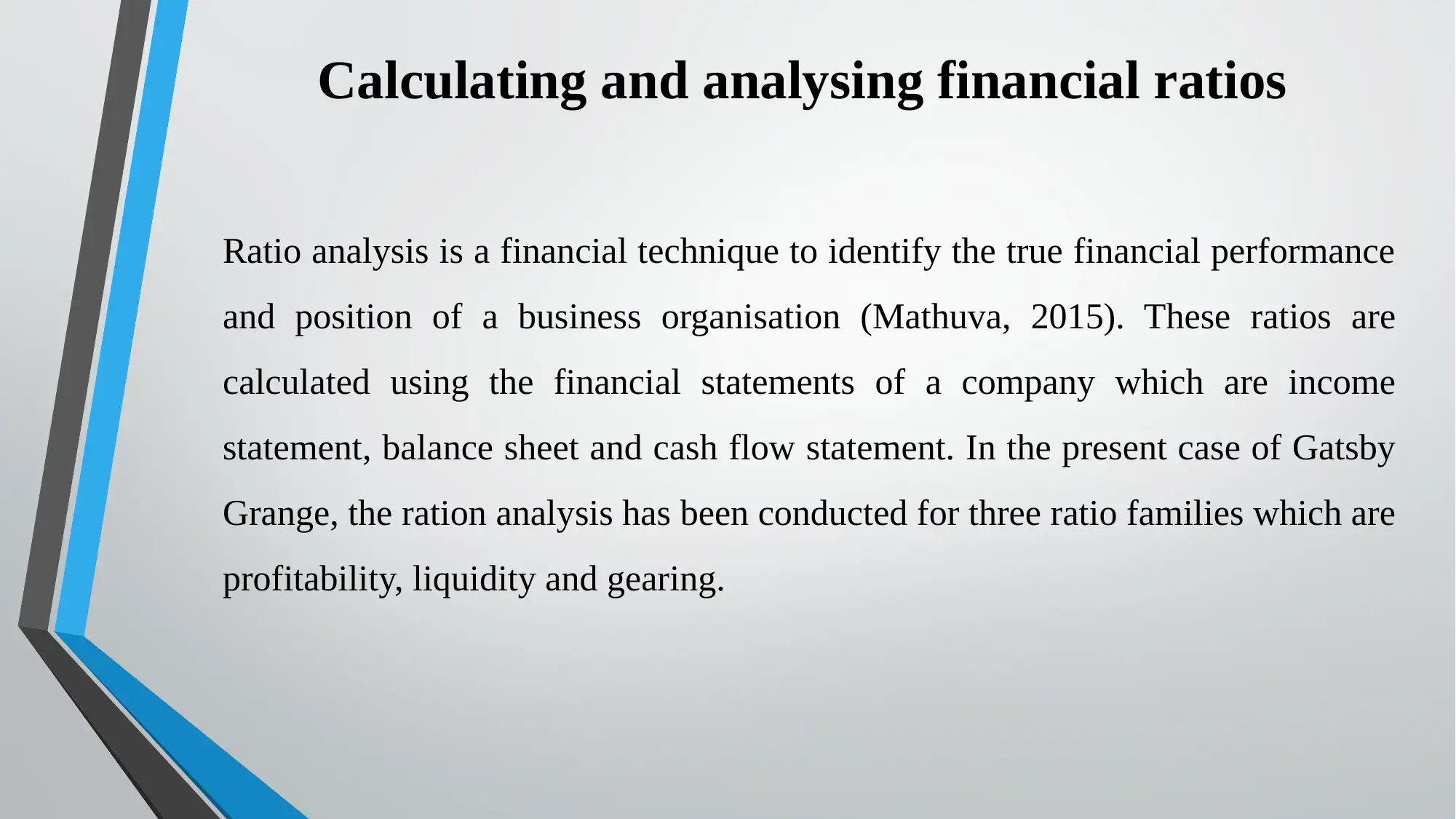
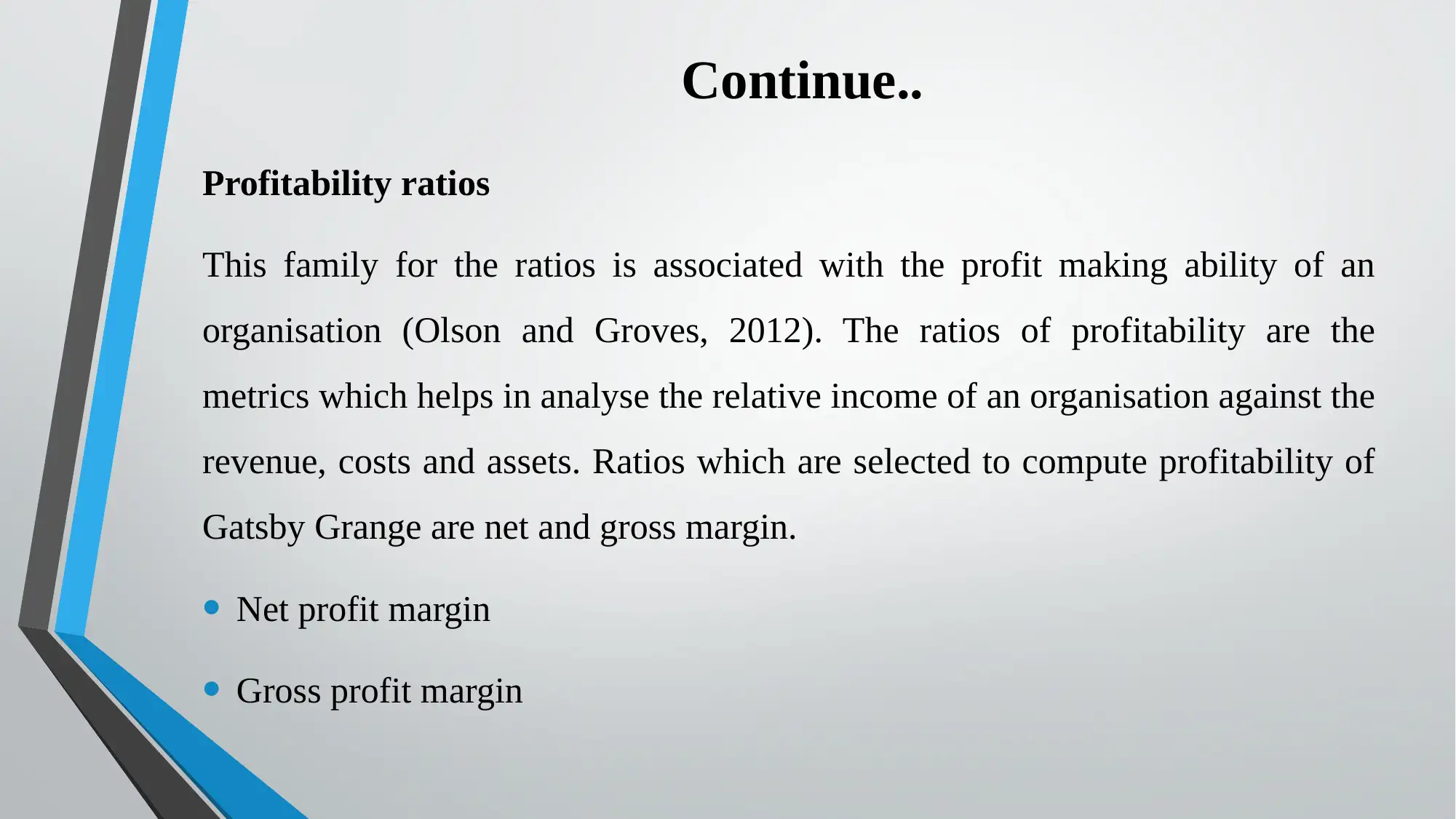
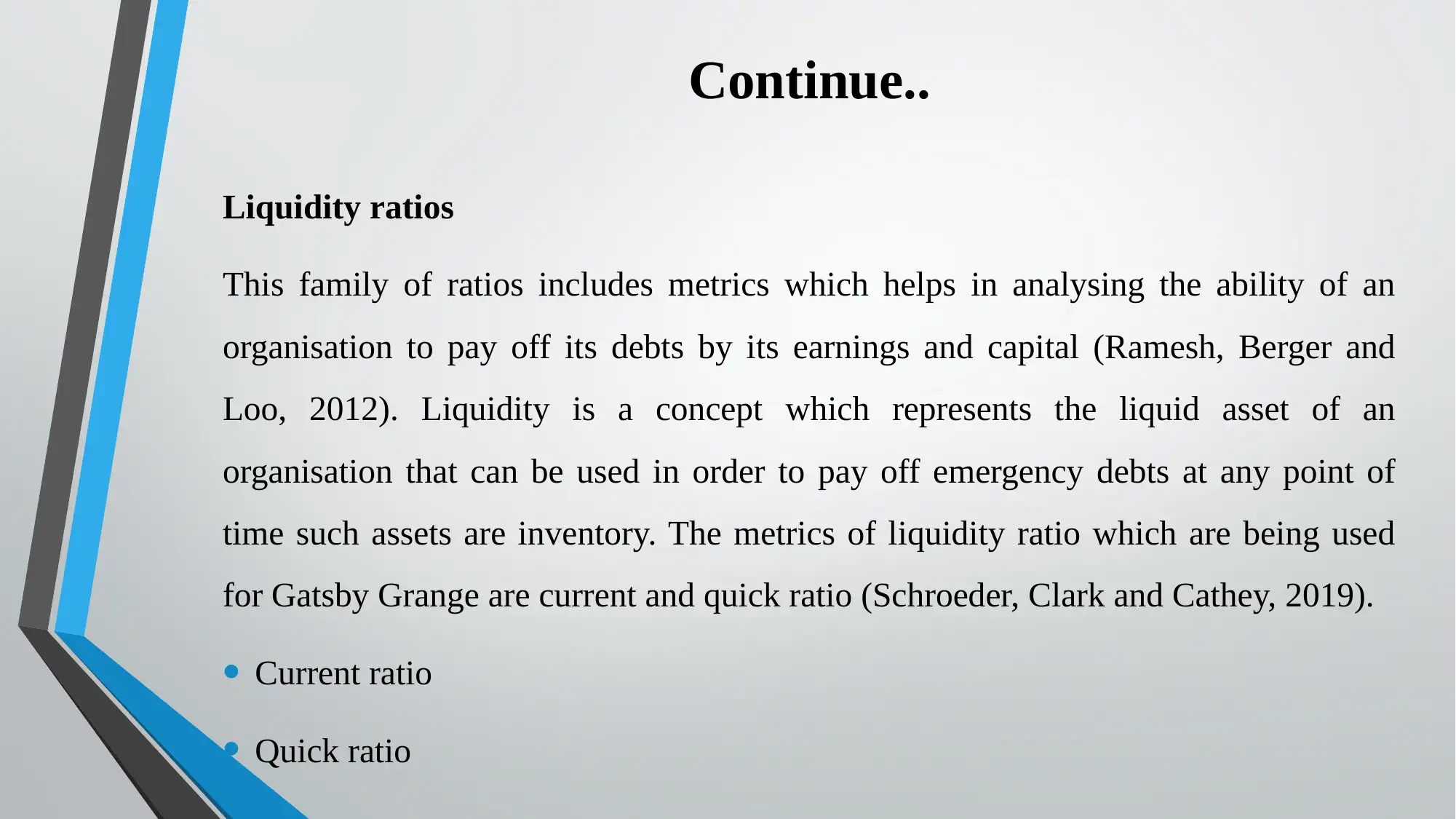
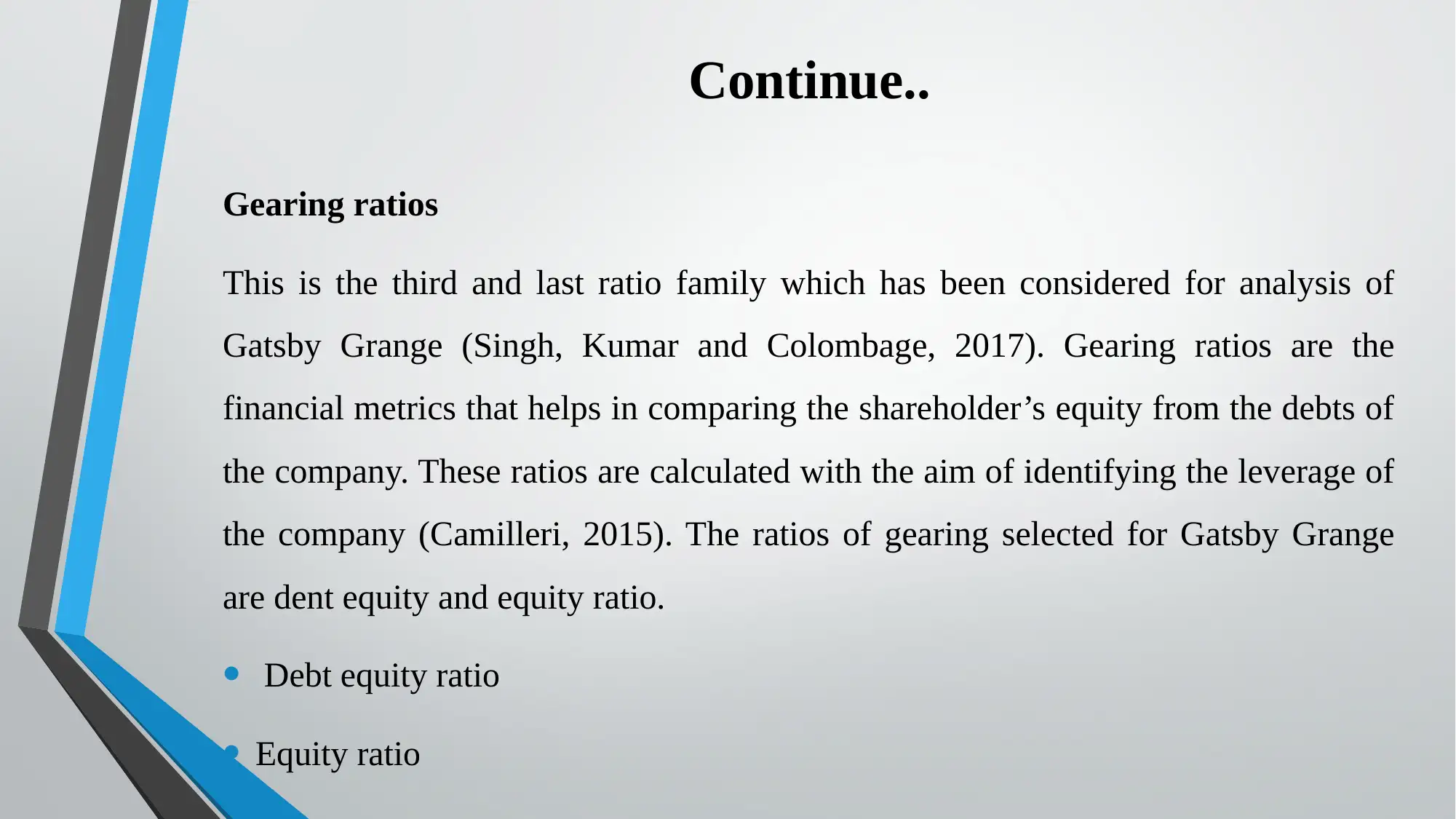

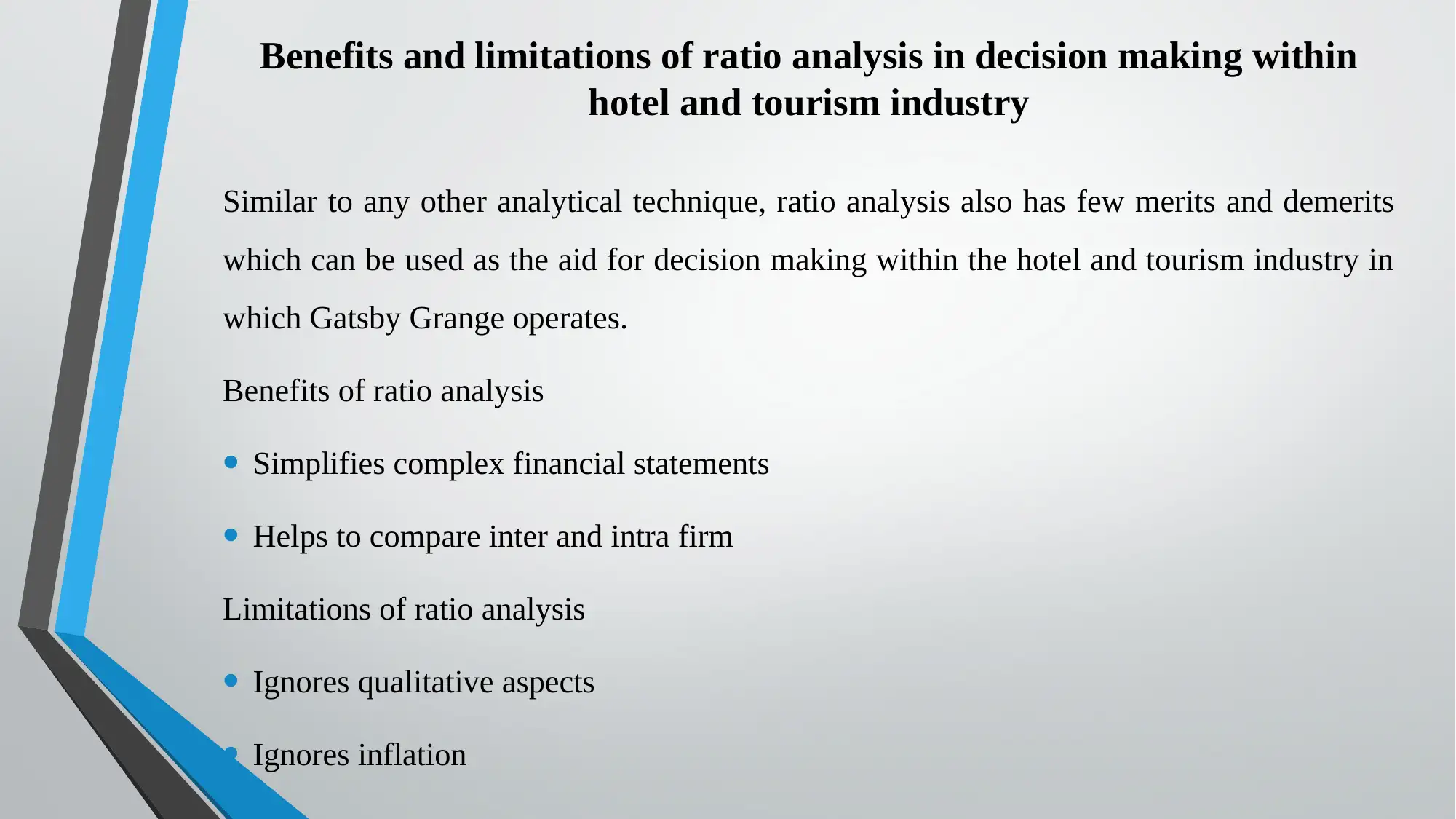
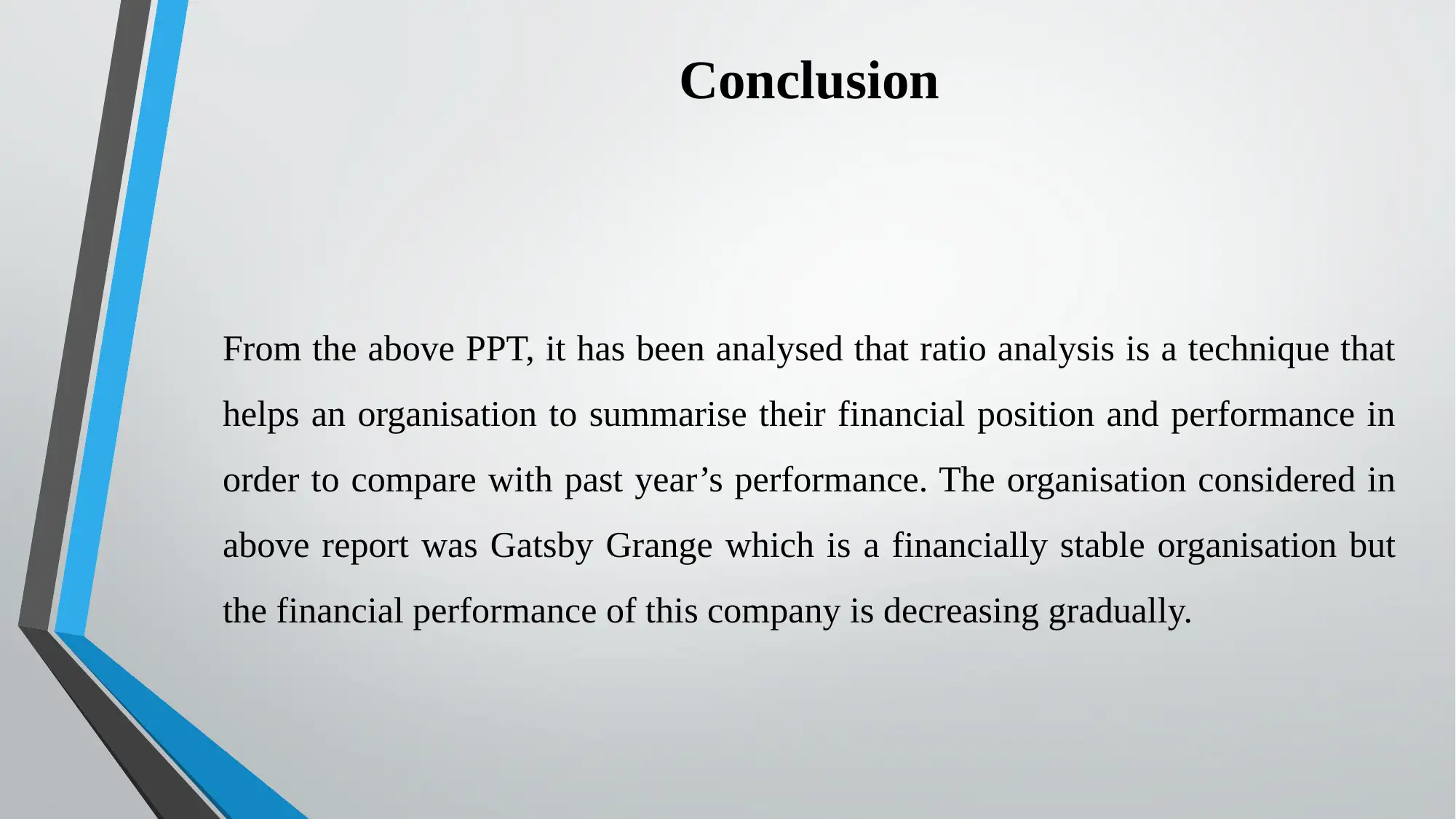








![[object Object]](/_next/static/media/star-bottom.7253800d.svg)